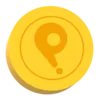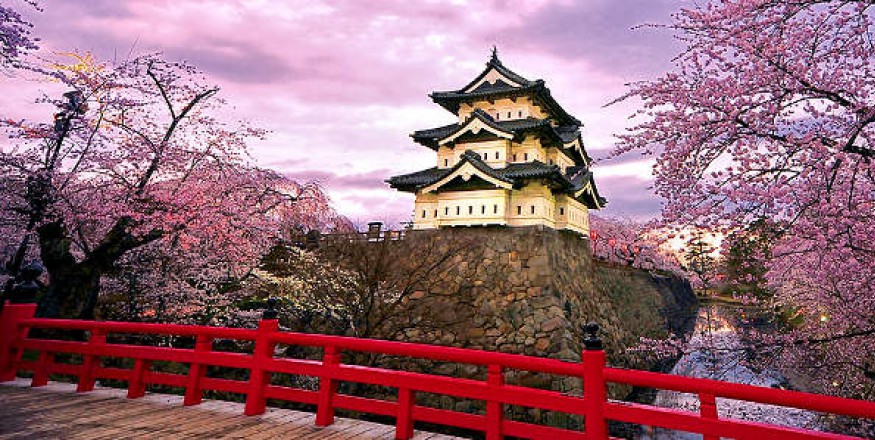Hello, and welcome to your first lesson... this one will be a bit longer than usual because I am teaching you about the Japanese alphabet!
Japanese has three parts (or three scripts, more accurately) of the alphabet. The first one you will learn is ひらがな (Hiragana). It is one of the shorter ones. There is also カタカナ (Katakana), and 患者 (Kanji). Please look up a ひらがな chart and copy it down, or get one of the MANY free apps that they have for learning them. (I will teach you the other ones as they come in handy... for now, just memorize these)
(I will teach you the other ones as they come in handy... for now, just memorize these)
You can usually identify ひらがな by the more cursive looking characters, and is used for native Japanese words. カタカナis simply the blockier version of ひらがな, and is used for foreign loan words (thankfully a LOT of Japanese words are brought over from English, making it easier to remember). 患者 is the most complex and takes years to fully learn, although you only need to know a potion of these to be considered fluent. In 患者, each character usually represents a concept. For example, the kanji for 日本 ("Nihon", meaning "Japan") literally translates to "The Land Of The Rising Sun". Crazy, right? And saves a lot of space and speaking.
ひらがな is usually the first language you learn since the most common words in Japanese are spelled using Hiragana! Such as the most common greetings, which is what our first lesson is about!
Side note: UNLESS otherwise stated, all 'u's are silent... well, pronounced for a millisecond... but don't worry about pronouncing it no one can tell. They are only there because they represent the ひらがな character for 'u', or characters that have 'u; in their pronunciation. It's kinda like a silent 'e' in English.
________________________________________________________
When it comes to 日本語 ("Nihongo", aka "Japanese), the language hinges on politeness. There are different words for different "politeness levels". I will be sure to list these when I teach you new words!
Also, if you want to begin typing in Japanese, I highly suggest you get the "Simji" app (pretty sure I spelled that right). It lets you change between typing in English and Japanese with the press of a small button in the bottom left corner. Also, super cute emojis (you will see me use these Japanese emojis, called "kamojis", when I am on my phone... I am using my laptop to type this out).
Now, on to the greetings (unless otherwise stated, each word works on all politeness levels)!
こんにちは (konnichiwa) is the first one most people learn. It is usually used either during your first meeting with someone, or during the afternoon.
おはよう (ohayou) is used in the mornings. This is the casual version, the more polite form is おはようございます (ohayou gozaimasu).
こんばんは (konbanwa) is the greeting for evenings. Two more ways to say goodnight are おやすみ (oyasumi) is more casual, and おやすみなさい (oyasumi nasai) is more formal, although I prefer the way it sounds so I just say it this way all the time :{D however, こんばんは is the most popular and the way most natives say it. The other too are more common for when leaving someone in the evening or saying goodnight to your family.
Although usually you learn はじめまして (hajimemashite) as a way to say "nice to meet you", most people I meet (unless in a super formal situation) usually say よろしく (yoroshiku). I prefer this. A formal version of this is よろしくおねがいします (yoroshiku onegaishimasu). It is really a matter of what you prefer, since both はじめまして and よろしきおねがいします are both considered at a formal politeness level.
When greeting someone when you come home, say like greeting a family member, you usually say ただいま (tadaima). It literally means "I've arrived" or "I'm home".
And finally (and this is my favorite), when you are calling someone, the most common greeting is もしもし (moshi moshi). However, it isn't always used... click here to be directed to the best article I have ever found on the subject.
That is it for the day! Have any questions? I usually have my phone on me so I can answer pretty quickly. What lessons do you want to see next? Feel free to leave suggestions below!
If you want personal tutoring, or a language exchange, message me whenever! I love learning, and I would love to help teach some of you guys 1-on-1!
1452Please respect copyright.PENANAPHN2ObLHLo


































